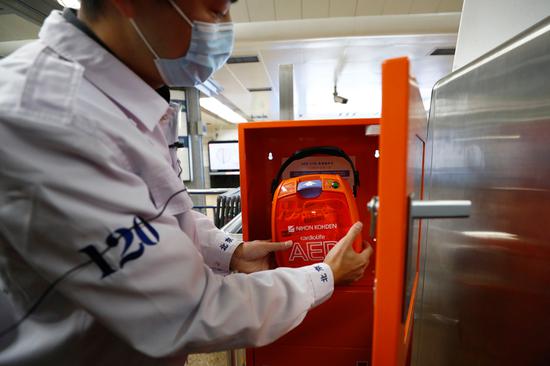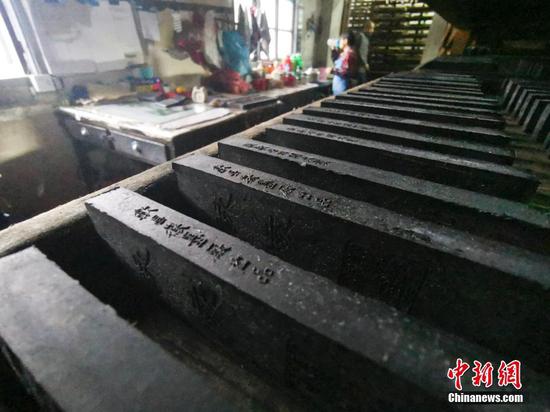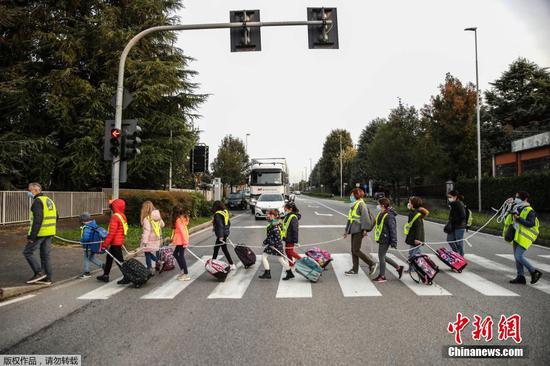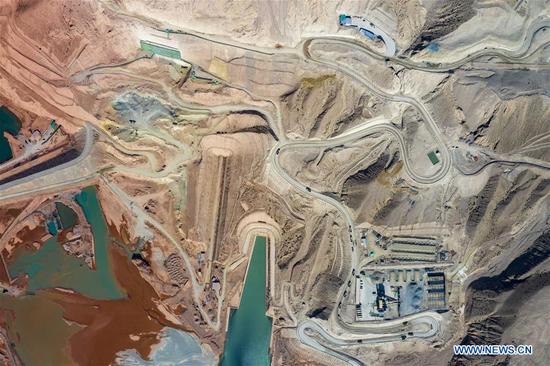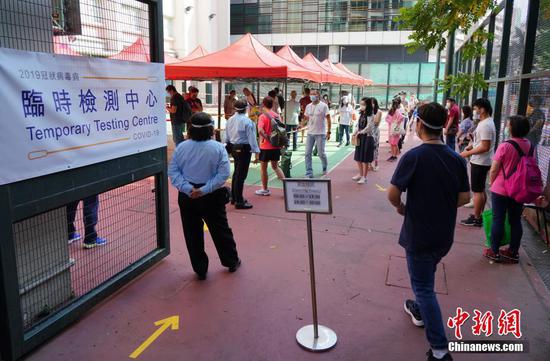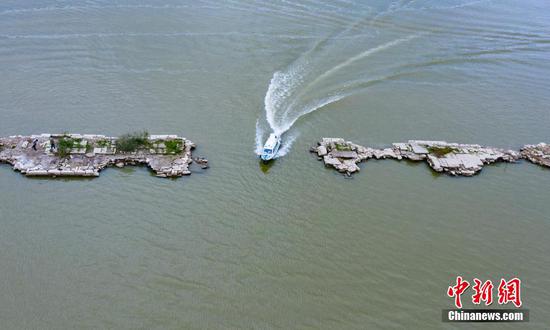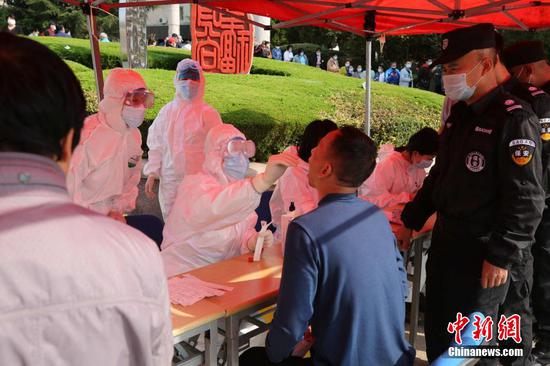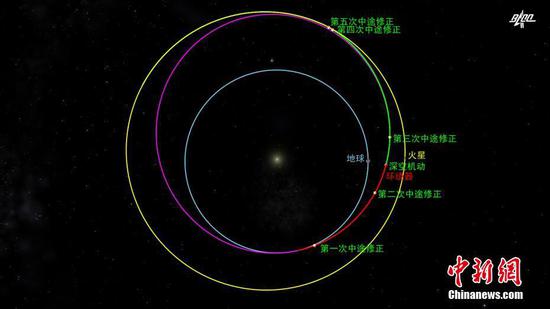E-class computer, one of the most advanced and sought-after computers, will be introduced to the National Supercomputing Center in Shenzhen, pushing the center's computing capacity to at least increase 1,000 times by 2022.
The elevated power of the center will be able to provide support for scientific research, development of artificial intelligence and cloud computing in the Guangdong-Hong Kong-Macao Greater Bay Area.
According to media reports, supercomputers are essential infrastructure for modern technological innovation. More than 30 percent of technological innovations in developed countries such as the US, Europe and Japan rely on supercomputing. 90 percent of new research and development institutions in Shenzhen are dependent on the technology.
Shenzhen Supercomputing Center was put into operation in 2011. The center takes up 12,000 square meters, with more than 100 operating units. In the past 10 years, it has served more than 30,000 development teams, completing more than 10 million computing tasks, within 1.5 billion core hours of computing.
The Pearl River Delta and the Greater Bay Area are characterized by their high end electronic information industry, and it is also an area with high risk of natural disasters, which supercomputing will be able to analyze and offer prevention measures, making the area not just a base for supercomputers development, but also a major consumer of supercomputers.











